Day 90 of the Quarantine (June 11, 2020)
For months I’ve been posting photos of my quarantine birds on social media without much explanation other than names and species number for the yard. Yesterday, a woman named Lori wrote: “I love seeing your posts, all the wildlife. I keep leaving Facebook because of the crap and bullshit, but you keep bringing me back!”
I tell her I’ll work on posting more kaka, smew, and bullfinch.
This was in response to an immature summer tanager I put up on my page, the second summer tanager for my yard and one showing a splotchy mix of yellows and reds in a confused pattern. But it was my description of “immature male” that gained the most responses, generally relating to the low-hanging-fruit variety. After agreeing that all males fit the description of “immature,” I then apologized for the redundancy.
I just learned that a friend and avid birder, Bob Bates, died today. I had met him and his wife Dee in Tucson in 2005, and the two took a particular interest in our daughters who were all in college at the time. Bob taught chemistry at the University of Arizona, work that allowed him to travel around the world for conferences and meetings. “I decided I should use the opportunity to watch birds,” he explained to me after I expressed my surprise at his list of more than 8000 species.
“You must be one of the top ten birders in the world,” I said.
“Number eleven,” he told me. “But the guy in front of me is getting up there in years…”
My first birding trip with him was in March of 2006 when he and Dee drove Karen and me to the Gilbert Water Ranch, a collection of seven wastewater ponds south of Phoenix known for its astounding variety of birds like neotropic cormorants, green herons, ring-necked ducks, and belted kingfishers. Bob was after a reported streak-backed oriole, a rarity for him and life bird for me. We checked off 46 species that day, including the oriole, according to my notes and the birding list that is still tucked into my journal.
The following November, Bob invited me to join him to chase a red-necked grebe that had appeared at a pond near Kearny, Arizona. “There are only two or three records for the state, and I don’t have it on my Arizona list yet.” I didn’t even know what a grebe was.
We drove north from Tucson for two hours. At the small, pond Bob pointed out American wigeons, ruddy ducks, and western and pied-billed grebes. No sign of any grebe with a thick yellow bill and robust neck of reddish feathers. Bob set up his scope and scanned the far side among the tall cattails. Something suspicious dove beneath the water. We circled around and the grebe popped up right in front of us.
“Okay,” Bob said. “I’m ready to head back if you are.”
My journal notes for this day say the bird was number 487 for his Arizona list.
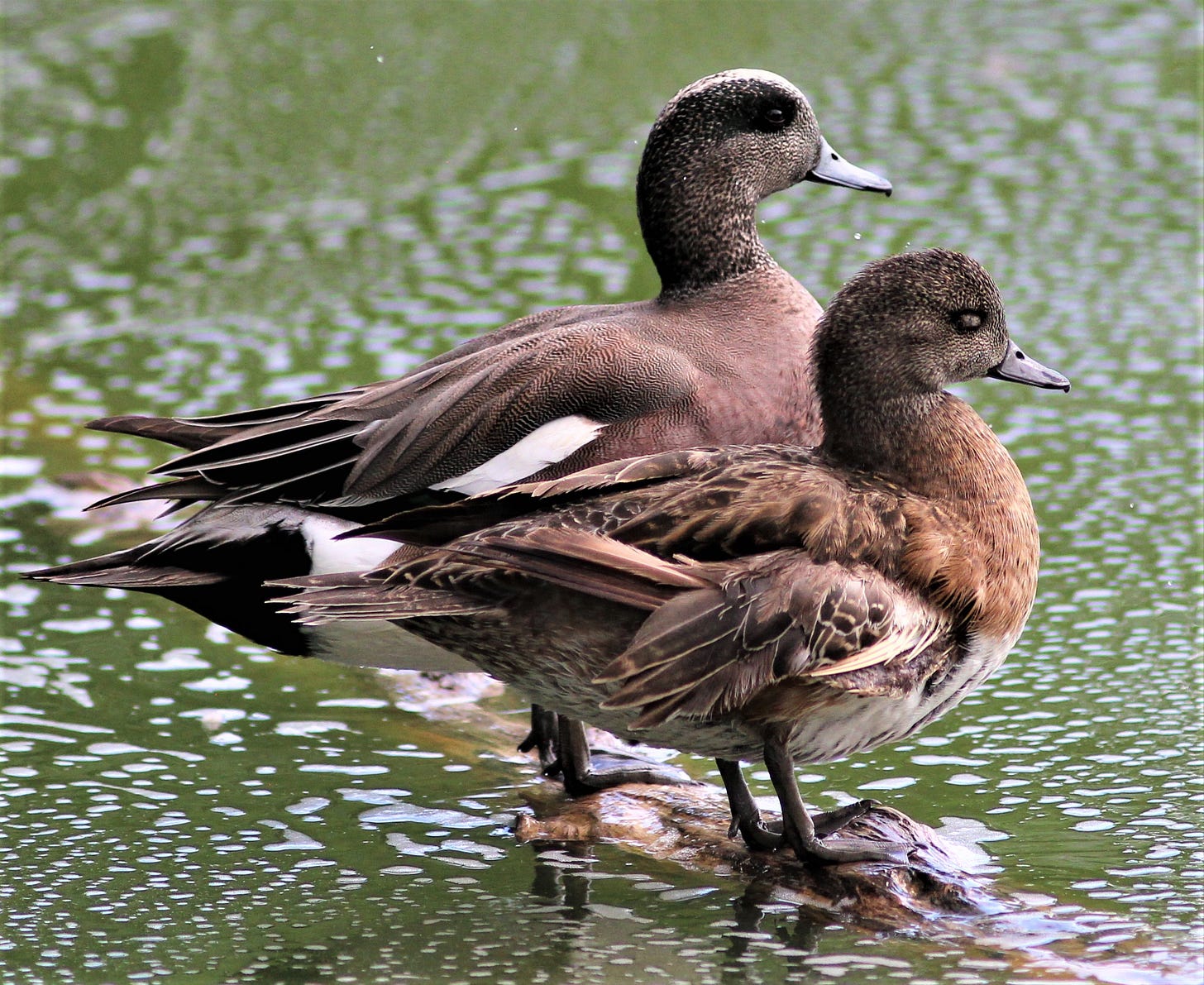
Do you enjoy what you’re reading and seeing here? Subscribe to experience more:
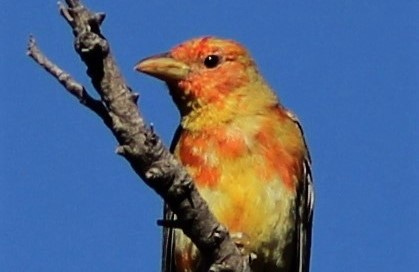



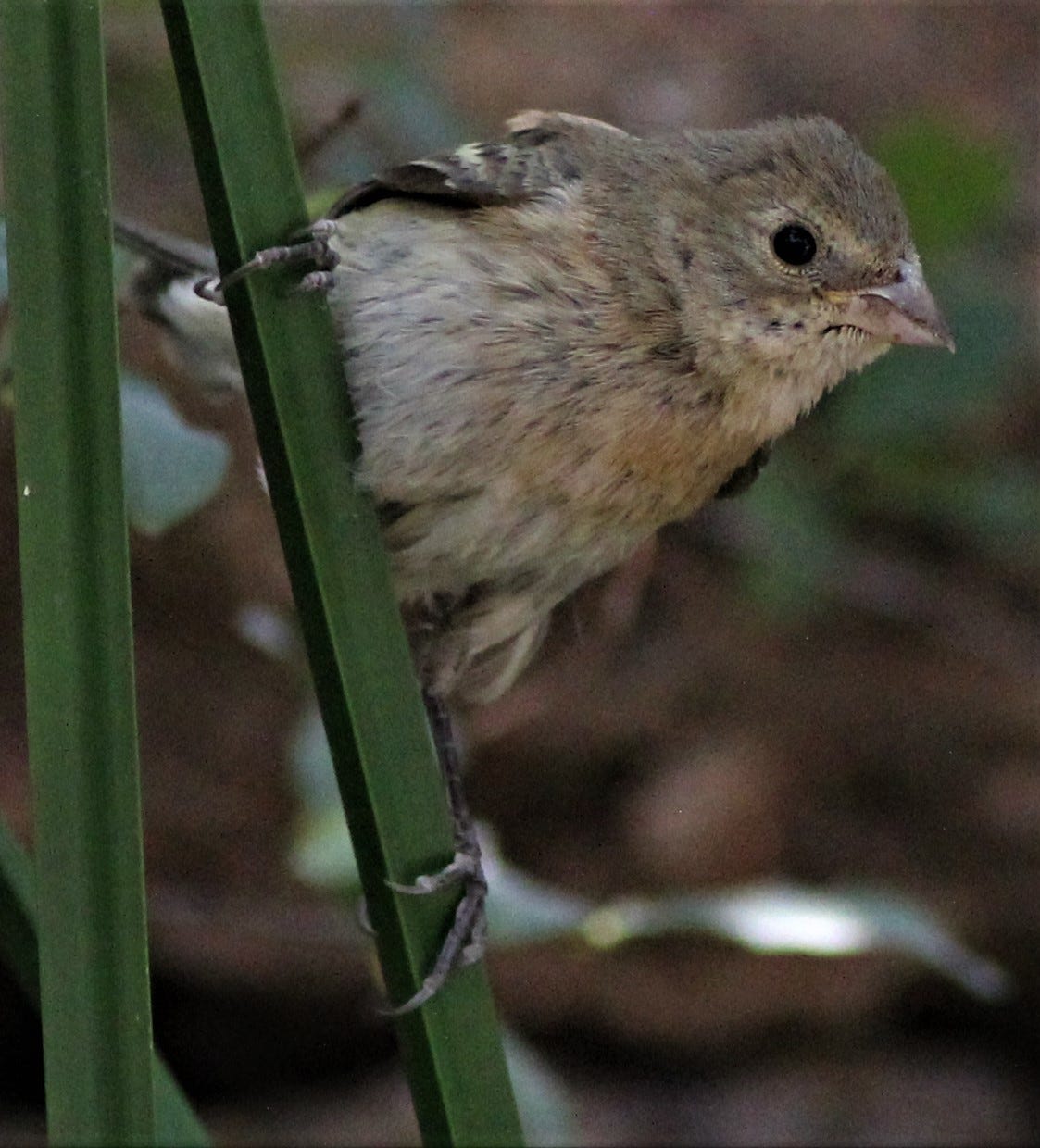
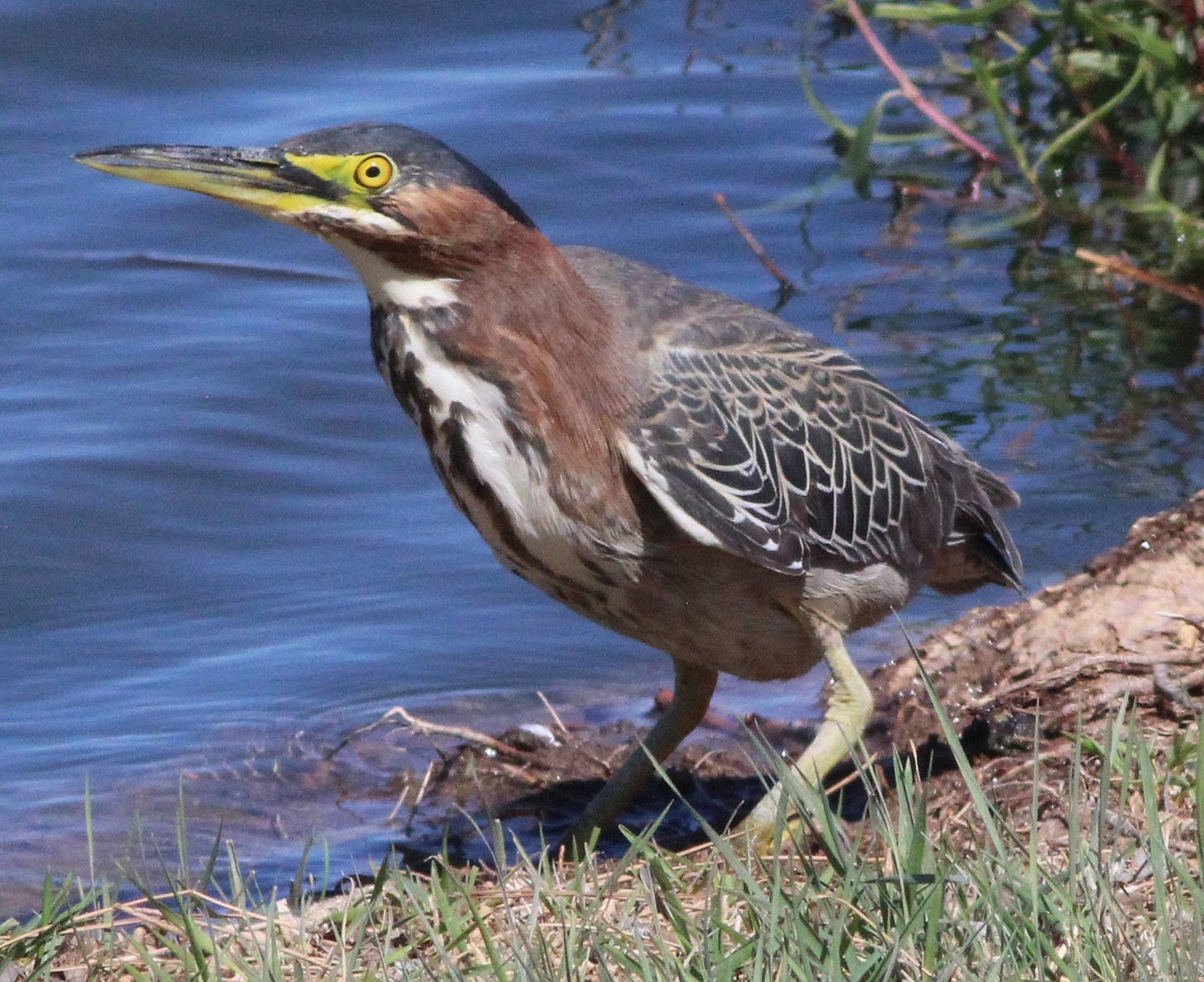
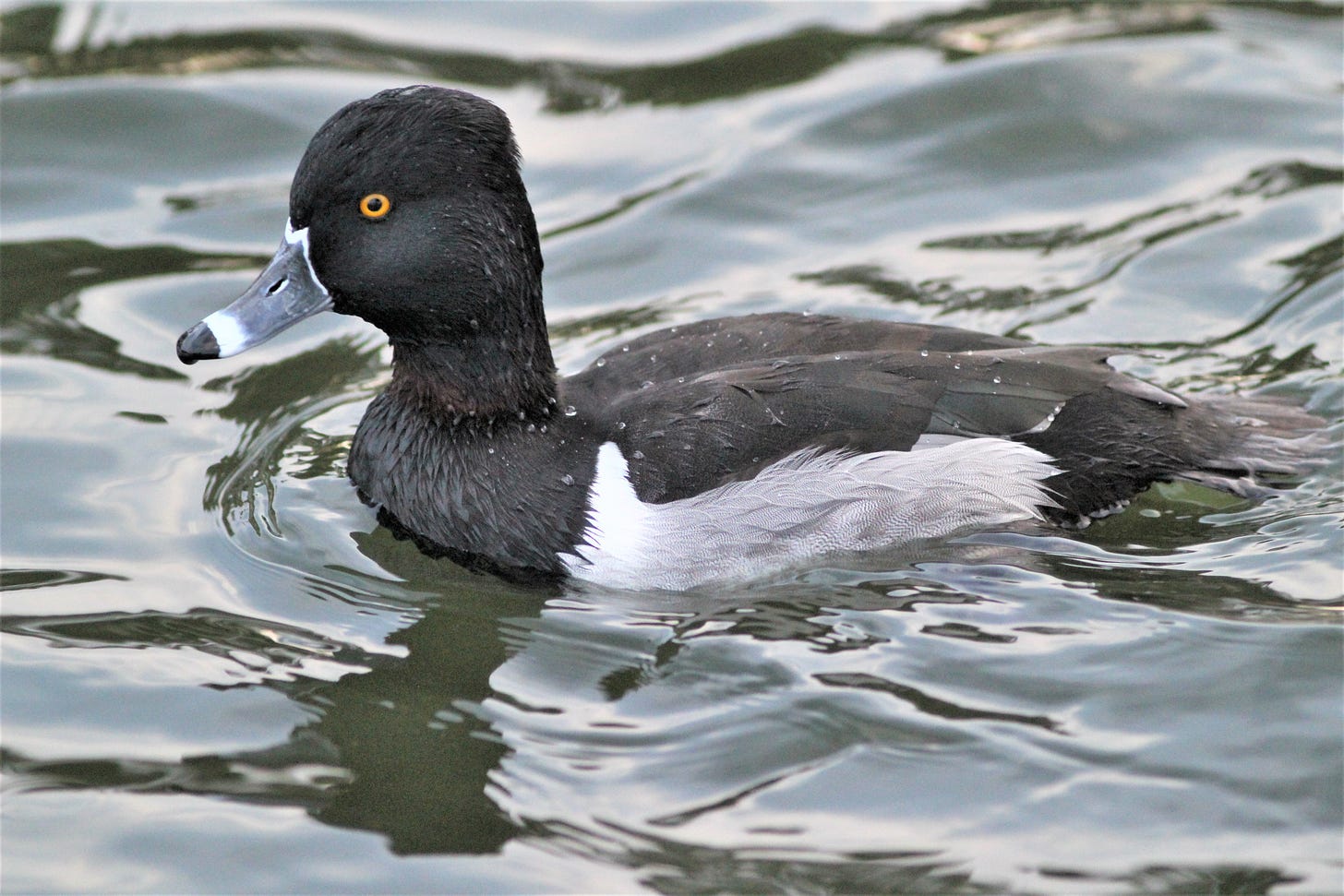
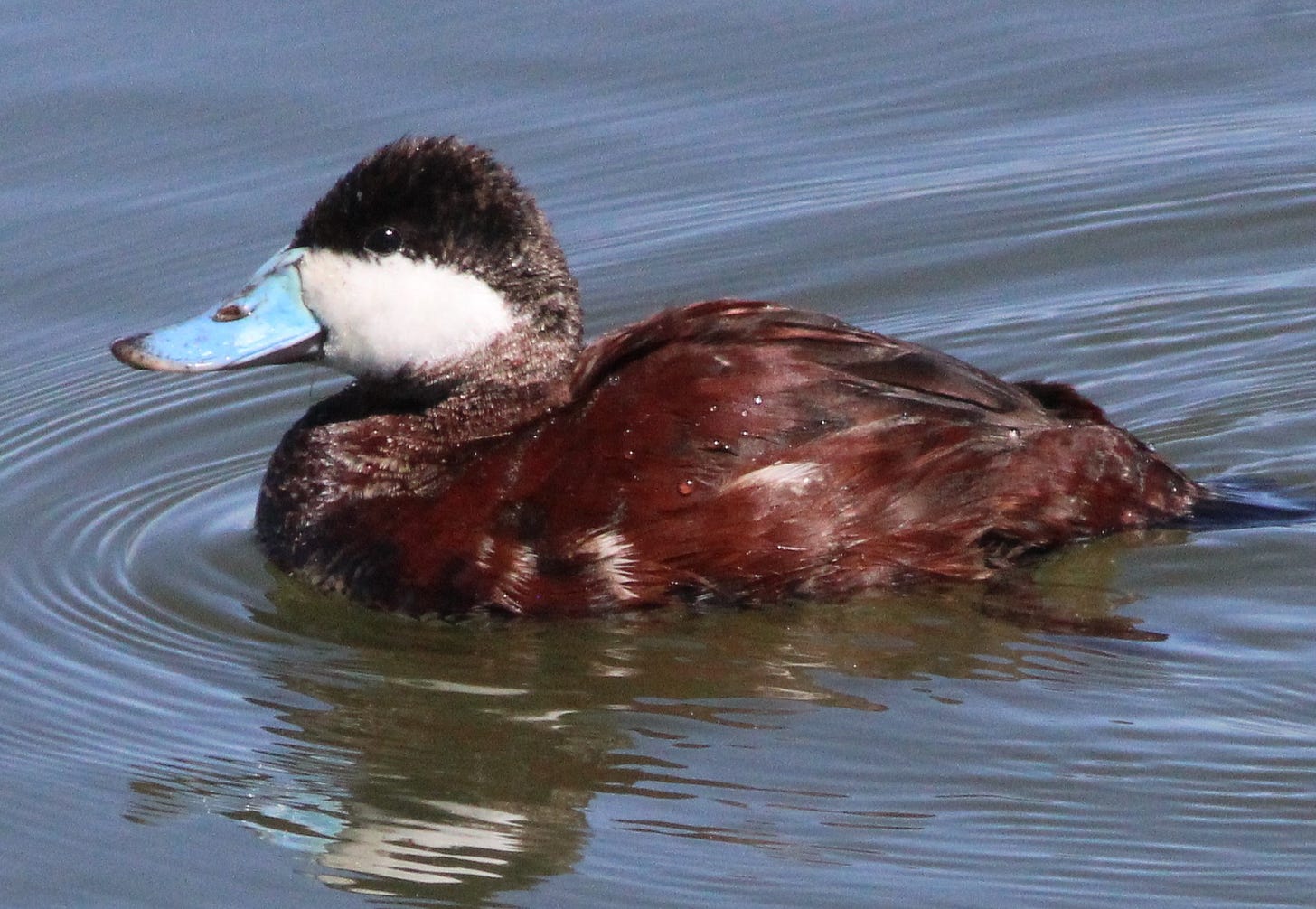
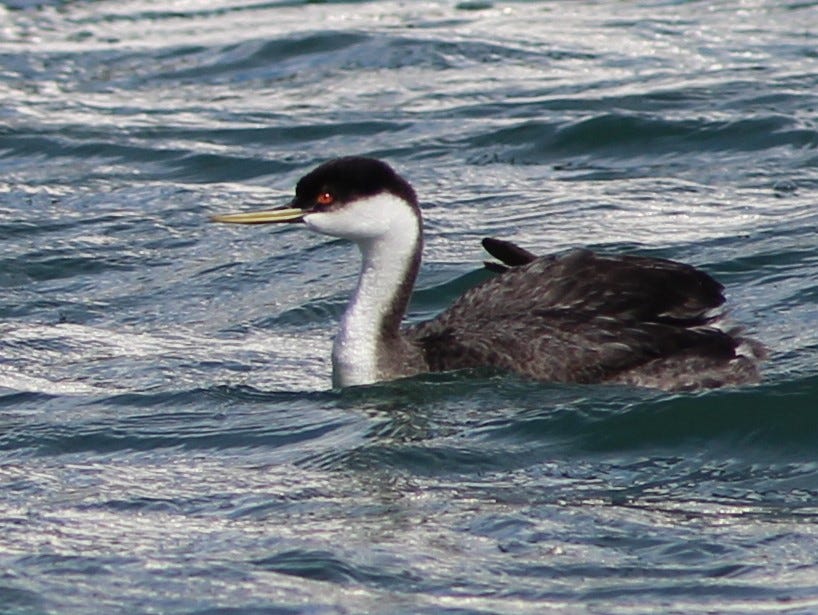
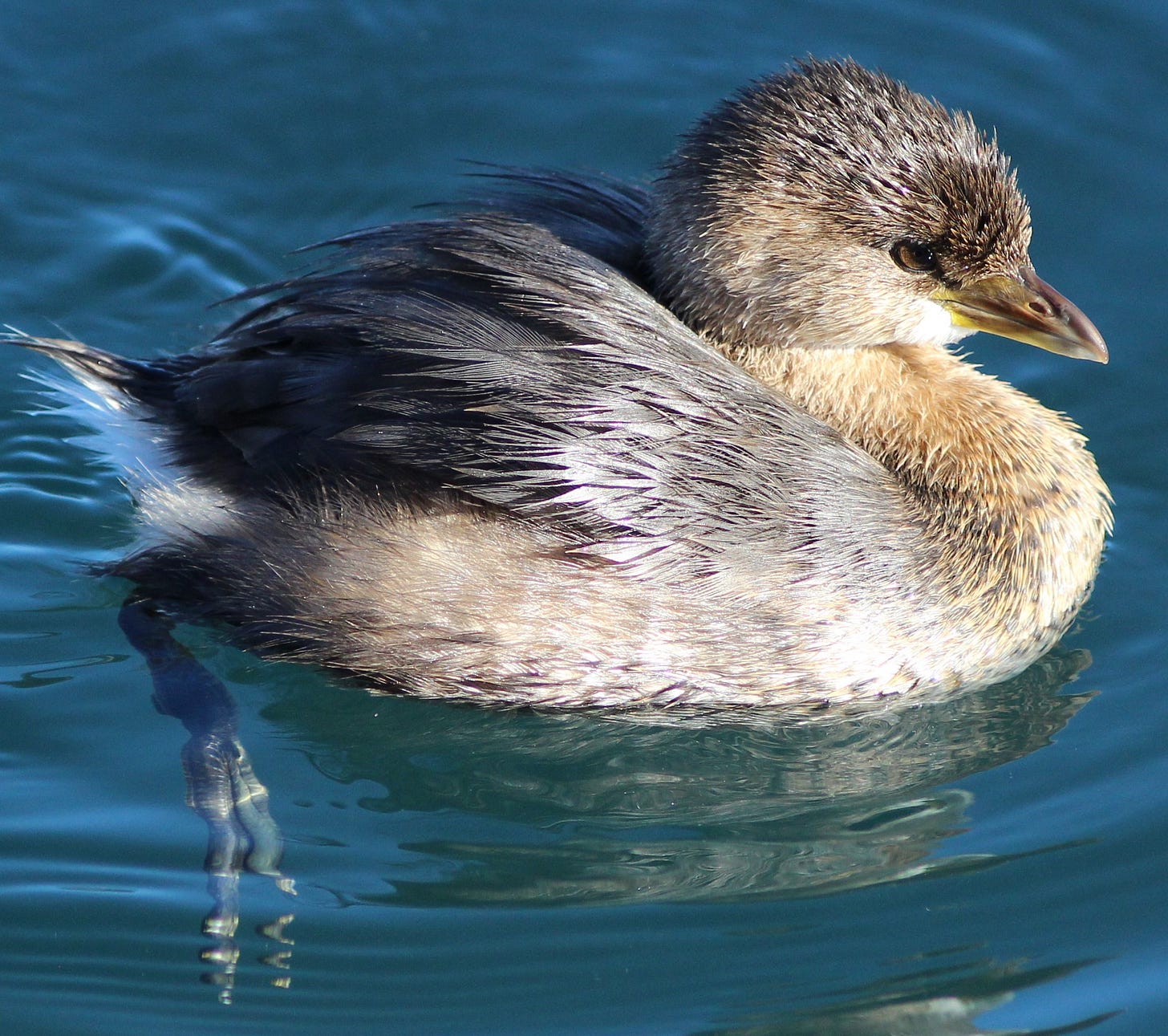
I agree with Lori completely.